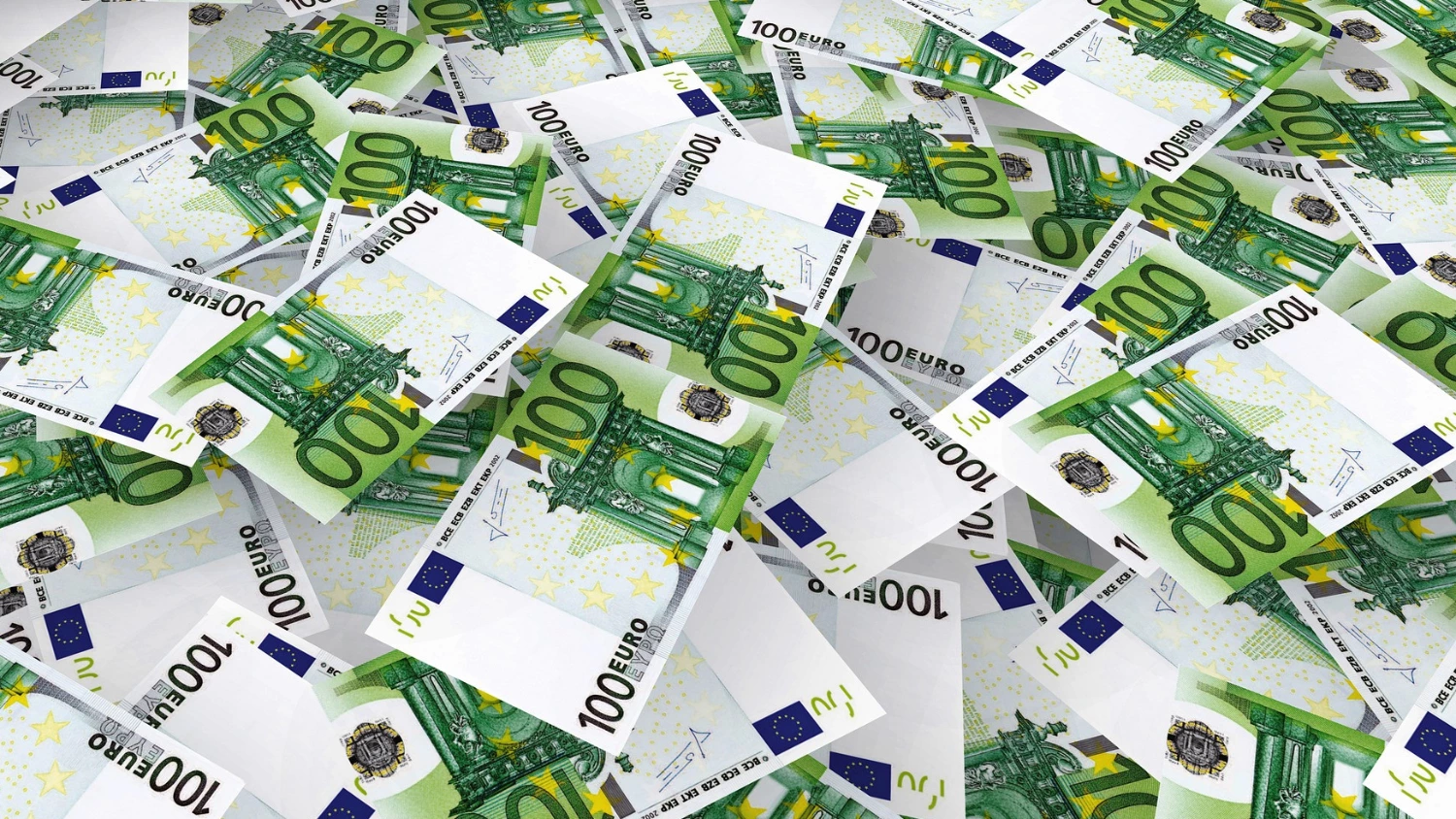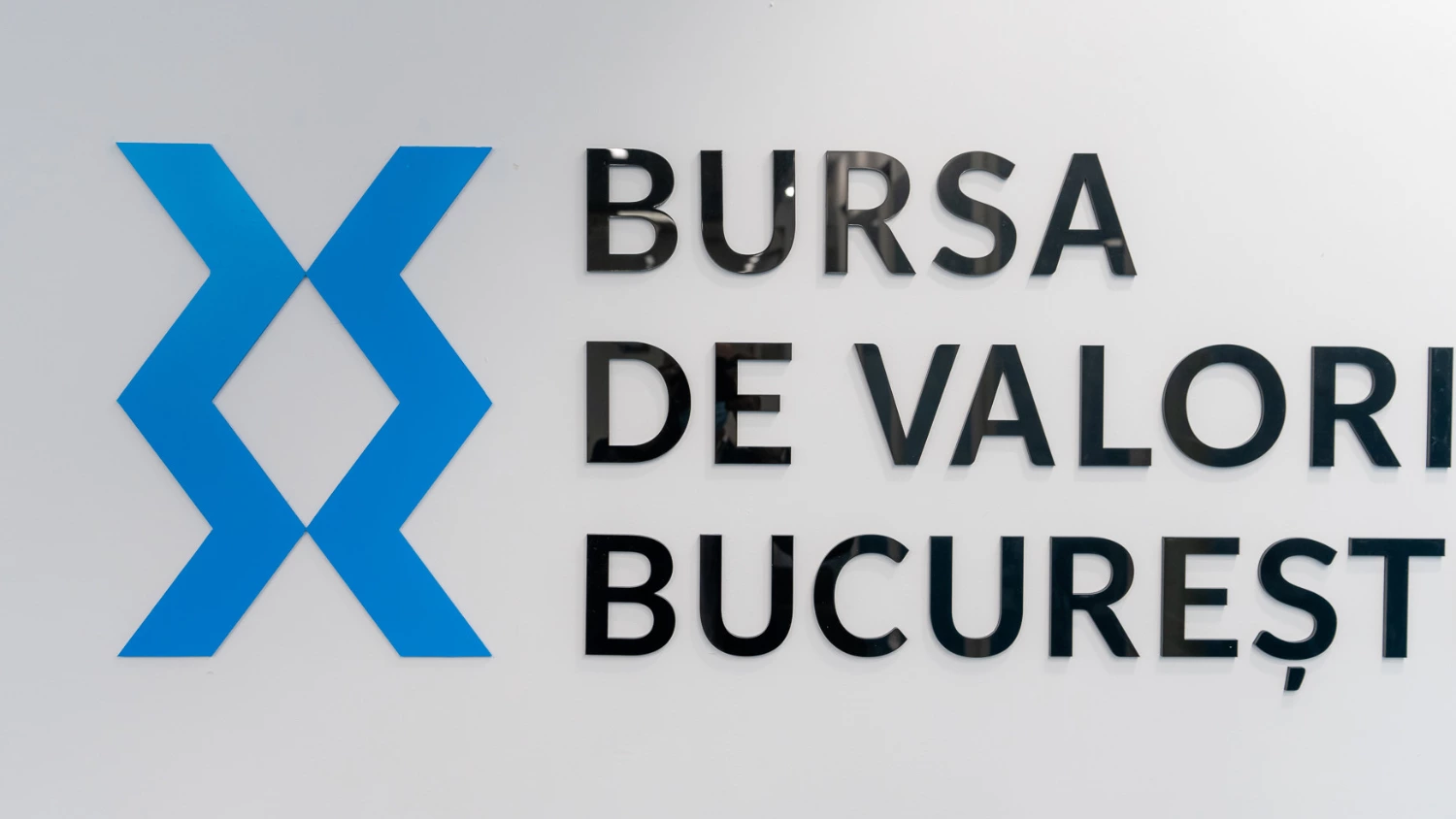The strategy, developed by experts from Horváth Romania and PwC Romania, outlines potential usage of renewable hydrogen in industries difficult to decarbonize. This includes steel production, the petrochemical industry (oil refining, fertilizer production), and heavy transport.
Renewable hydrogen is produced through water electrolysis using electricity from renewable sources like solar, wind, or hydro energy, a process that generates no carbon emissions.
Furthermore, the strategy outlines the development potential of five “hydrogen valleys” across the country: Bucharest-Ploiești-Târgoviște-Pitești; Constanța-Medgidia-Călărași-Slobozia; Cluj-Târgu Mureș-Sighișoara-Sibiu-Sebeș; Galați-Brăila-Tulcea; and Craiova-Slatina-Târgu Jiu.
"Hydrogen represents a strategic opportunity for Romania's energy security: reducing carbon emissions and increasing industry competitiveness," stated Cătălin Stancu, Consultant, Horváth România.
"The development of renewable hydrogen-based technologies is essential in maintaining the economic competitiveness of industrial sectors that have no other options for complying with environmental norms (hard-to-abate), and these technologies are supported by significant funding from dedicated EU funds."
By 2050, the strategy envisions the complete elimination of fossil-derived hydrogen, the development of dedicated clean gas transport networks, and the use of hydrogen for industry, transport, and energy storage.











